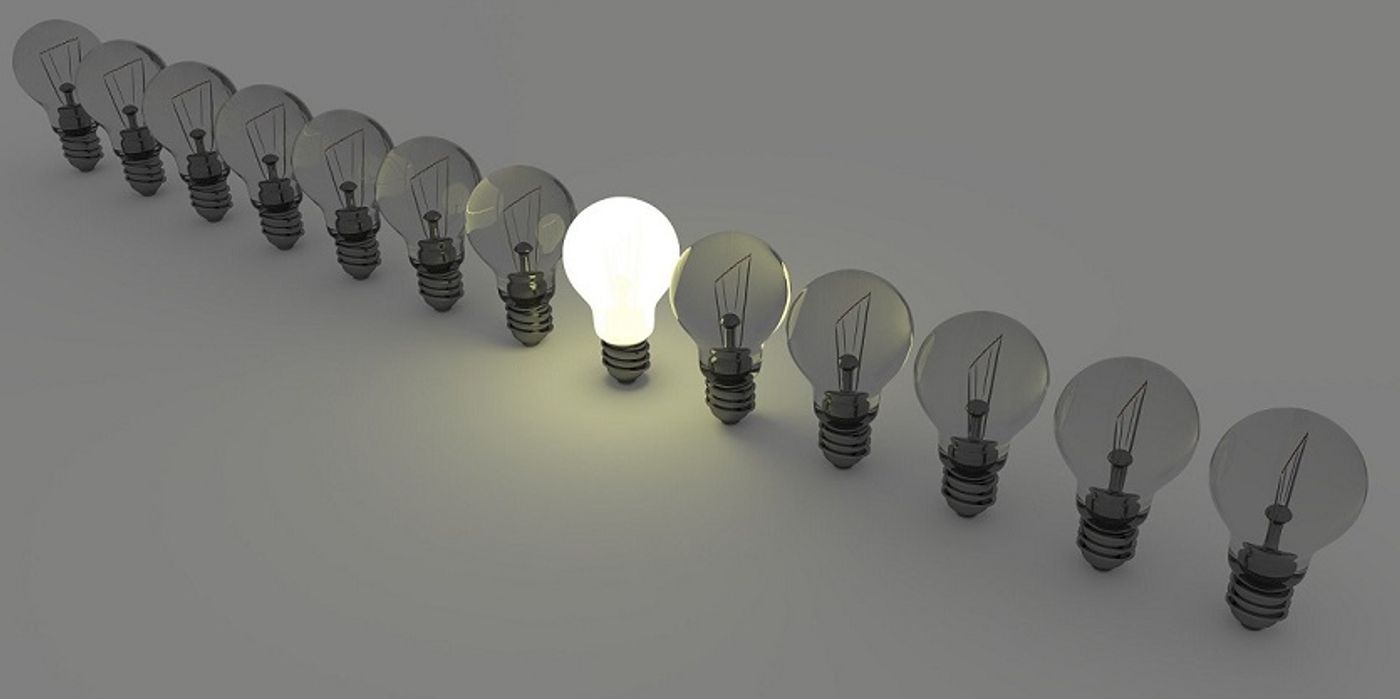A Combination of Photo and Sonodynamic Therapies Could Assist in Treating Brain Cancer
Brain cancer is an incredible challenge for modern medicine. Most drugs don’t make it past the blood-brain barrier, so alternative (and creative) treatment methods are constantly in the works.
The current go-to treatment for brain cancer is surgical resection, combined with radiotherapy and chemotherapy. The surgery gets rid of the bulk of cancer cells, with radiotherapy and chemotherapy acting as the mop-up crew if any cancer remains. Unfortunately, in the case of brain cancer, it often is not enough, with most patients seeing recurrence due to cancer that had invaded deeper into the tissue.
The challenge that researchers face is creating a more effective treatment than surgery + chemo/radiotherapy. A new technology called photodynamic therapy has risen as a possible replacement for chemo/radiotherapies. This technique uses inactive drugs that accumulate in brain cancer cells. When exposed to light, this drug then activates and causes cell death. This technology is implemented during the tumor resection in the brain to kill any remained cancer cells in the surrounding tissue.
Photodynamic therapy is already in clinical trials. However, a new study out of the photodynamic therapy center in Buffalo, New York, sought to improve treatment. In a partnership with Photolitec, they wanted to know if another technology called sonodynamic therapy could be used in conjunction with the photodynamic therapy drugs. This technology works similarly, except it uses ultrasound to activate the drug instead of light. Ultrasound waves would penetrate deeper into tissue than light and reach cancer cells that would otherwise have escaped photodynamic therapy alone.
The study began by setting up in vitro and in vivo tests. An ultrasound generator would produce ultrasonic waves through a water bag onto either a plate of cancer cells or a mouse model tumor. They confirmed that the ultrasonic waves could activate the drug and induce cell death against brain cancer cells in both settings. They actually noted that ultrasound activation could cause a different type of drug activation than light did. A combination of light and ultrasound activation was deemed the most effective against the cancer cells tested and could perhaps improve the effectiveness of resection surgery.
This study examined if sonodynamic therapy could act as an effective activator akin to photodynamic therapy. Sonodynamic therapy did indeed activate the same drugs used in photodynamic therapy, and co-activation with both light and ultrasound waves produced the most effective results. Sonodynamic therapy still needs plenty of studying, but this paper shows it has a promising outlook.
The study concludes, “Further studies are required to optimize the drug, light and US doses, and to determine the impact of slight increase in tumor temperature in long-term tumor response, before moving this approach from bench to bedside for the treatment of glioblastoma and other cancer types, which are currently underway.”
Sources: Nature Scientific Reports, Penn Medicine









